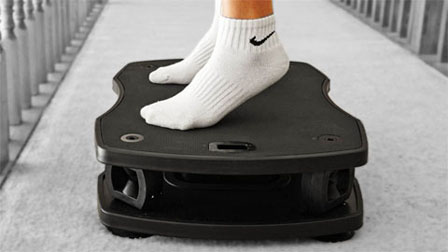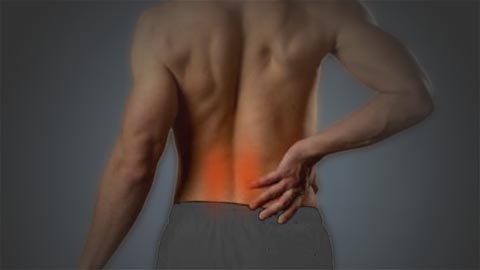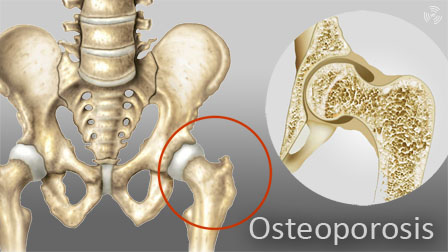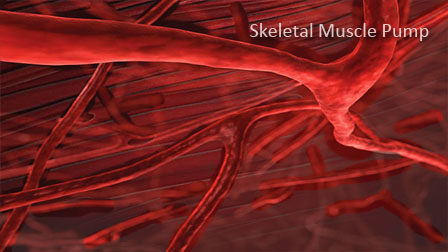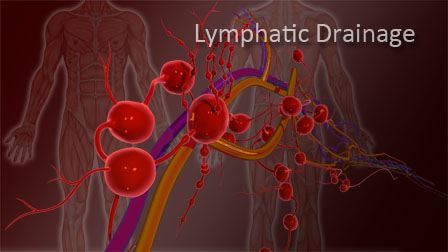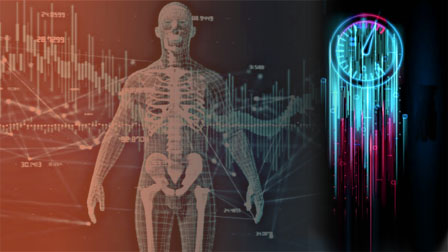How Vibration May Affect Cellular Processes & Promote Cell Regeneration
Vibration intervention may influence cellular processes through a series of mechanisms in which cells detect mechanical stimulation, convert it into biochemical signals, and initiate physiological responses.
Content Index
- Mechanical Stimulation & Cellular Signaling
- Rapidly Repeated Pulses of High Magnitude Mechanical Stimulation
- Influences on Cellular Functions
- Neuromuscular and Hormonal Regulation
- Summary
Mechanical Stimulation & Cellular Signaling

Cells in muscles and bones have the ability to sense mechanical stimulation through their special structures of receptor proteins and ion channels. When exposed to vibration, these structures detect mechanical stimulation and initiate intracellular signaling, leading to various physiological responses.
Integrin-Mediated Signaling
Integrins are transmembrane cell adhesion proteins that mediate cell-cell and cell-extracellular matrix interactions. They respond to vibration-induced mechanical stress by activating signaling pathways that regulate cellular growth, proliferation, migration, and tissue repair. Integrins play a crucial role in key biological processes, including inflammation, infection, and angiogenesis.
Ion Calcium Channel Activation:
Vibration can open special channels in cells that respond to movement, allowing calcium ion to flow inside. This increase in calcium helps power the cell's energy production, supports cell repair, and activates genes that aid in healing and growth.
Rapidly Repeated Pulses of High Magnitude Stimulation
Vibration stimulation is rapidly repeated pulses of mechanical stimulation, which, at certain magnitude, can more effectively promote cellular processes for cell regeneration.
Resonance and Optimal Stimulation
Biological tissues, including bone, muscle, and cartilage, have their own natural mechanical frequencies. When exposed to vibration frequencies that align with their resonance, cells and extracellular structures experience maximized mechanical loading with minimal energy expenditure, leading to:
- Increased osteogenic response for bone remodeling (Wolff??s Law).
- Improved myogenesis(muscle repair and regeneration).
- Enhanced chondrogenesis for cartilage repair.
Enhanced Microfluidics and Cellular Transport
Vibration-induced pulses improve the movement of fluids at the cellular and tissue level, enhancing:
- Interstitial fluid flow, which delivers oxygen and nutrients more efficiently to damaged tissues.
- Waste removal, accelerating the clearance of metabolic byproducts that may impede healing.
- Stem cell migration to the injury site, facilitating regeneration.
Anti-Inflammatory and Pro-Regenerative Effects
Pulsed high-magnitude mechanical stimulation has been found to:
- Reduce inflammatory cytokines (such as TNF-?? and IL-6), preventing excessive inflammation that can hinder healing.
- Increase anabolic factors like IGF-1 (Insulin-like Growth Factor 1) and VEGF (Vascular Endothelial Growth Factor), which support cell growth, angiogenesis, and tissue repair.
- Activate satellite cells in muscle tissue, leading to more effective muscle regeneration.
Protection Against Excessive Mechanical Strain
Unlike continuous high-force loading (e.g., weightlifting), which can cause microtears and excessive stress on tissues, rapid pulsed mechanical stimulation:
- Prevents excessive strain accumulation, reducing the risk of mechanical fatigue or damage.
- Allows for repeated activation of mechanosensitive pathways without causing cellular exhaustion.
Influences on Cellular Functionality
Vibration intervention influences several key cellular processes.
Enhancing Cellular Repair and Regeneration
- Helps skin and tissue cells grow and produce collagen, speeding up healing.
- Boosts bone-building cells, helping strengthen and grow bones.
- Lowers substances that cause inflammation while increasing those that help reduce it, aiding in recovery.
Boosting Energy Production and Metabolism
- Vibration stimulates cells to produce more energy by activating proteins that help create more mitochondria, the cell's power source.
- This process enhances metabolism, ensuring cells efficiently use energy for growth, repair, and overall function.
- The extra energy supports tissue repair and growth by providing the fuel cells need.
Activating Stem Cells
- Vibration therapy helps special repair cells (stem cells) turn into bone-building cells and muscle-repairing cells.
- It sends signals that guide these cells to become either bone or muscle, depending on what the body needs.
Neuromuscular & Hormonal Regulation
Vibration intervention also affects neuromuscular pathways and endocrine signaling.
Neuromuscular Activation
- Helps muscles work better by improving nerve signals and coordination, making movements more controlled and responsive.
- Boosts blood flow, ensuring cells get more oxygen and nutrients for energy and recovery.
Balancing Hormones
- Vibration increases growth hormone levels, which helps repair and strengthen cells.
- Regulates stress hormones and reduces inflammation, helping the body stay balanced and healthy.
Summary
Vibration therapy can help improve how cells function and heal by influencing cellular processes. Through its unique mechanical stimulation, vibration intervention helps activate key biological processes that support tissue repair, energy production, and overall cellular health. This therapy enhances muscle and bone strength, speeds up recovery, and improves circulation, ensuring that cells receive the oxygen and nutrients they need.
Additionally, vibration therapy supports stem cell activity, promotes efficient metabolism, and helps balance hormones, reducing stress and inflammation. These combined effects make it a valuable tool for maintaining musculoskeletal health, improving mobility, and supporting long-term well-being.
